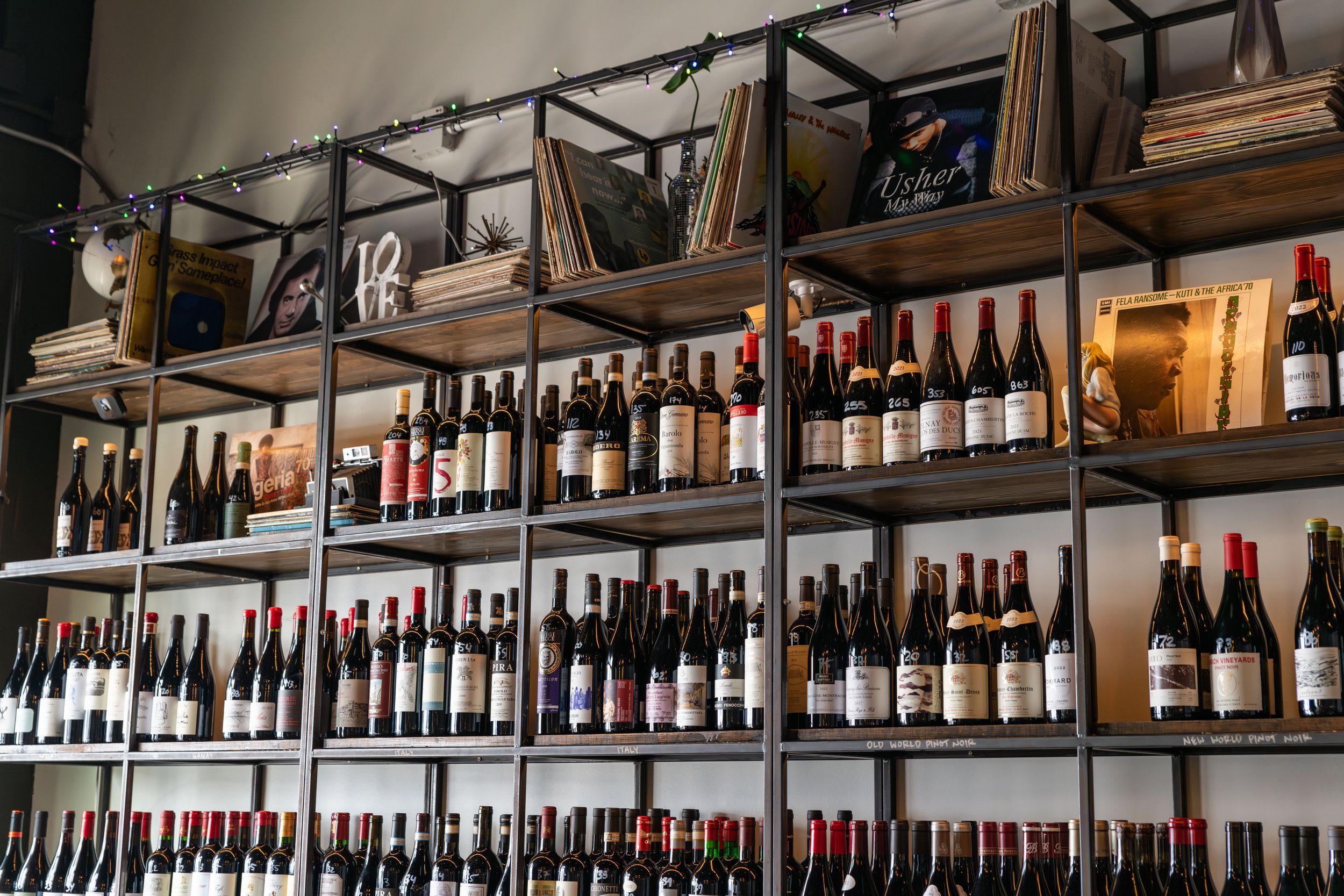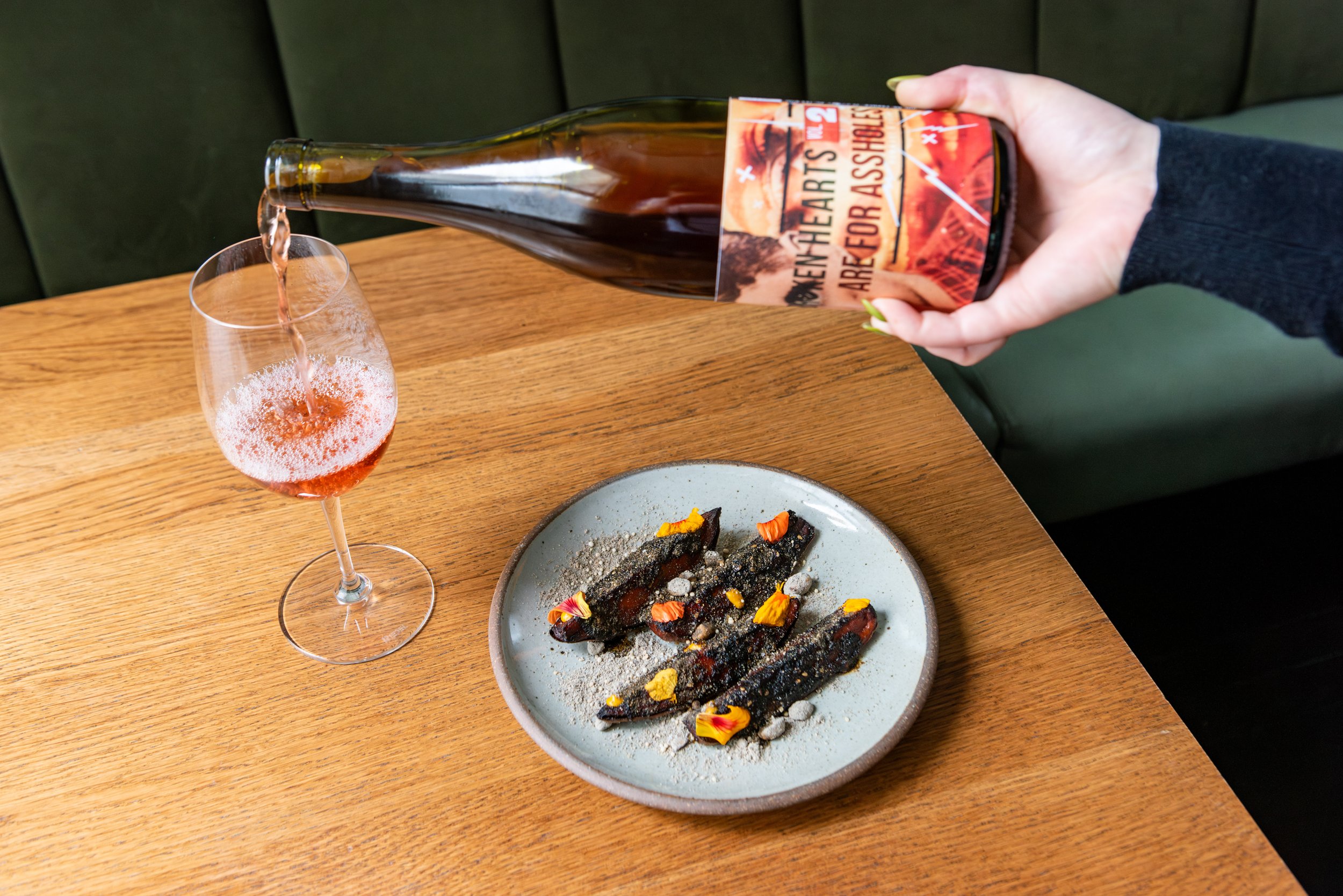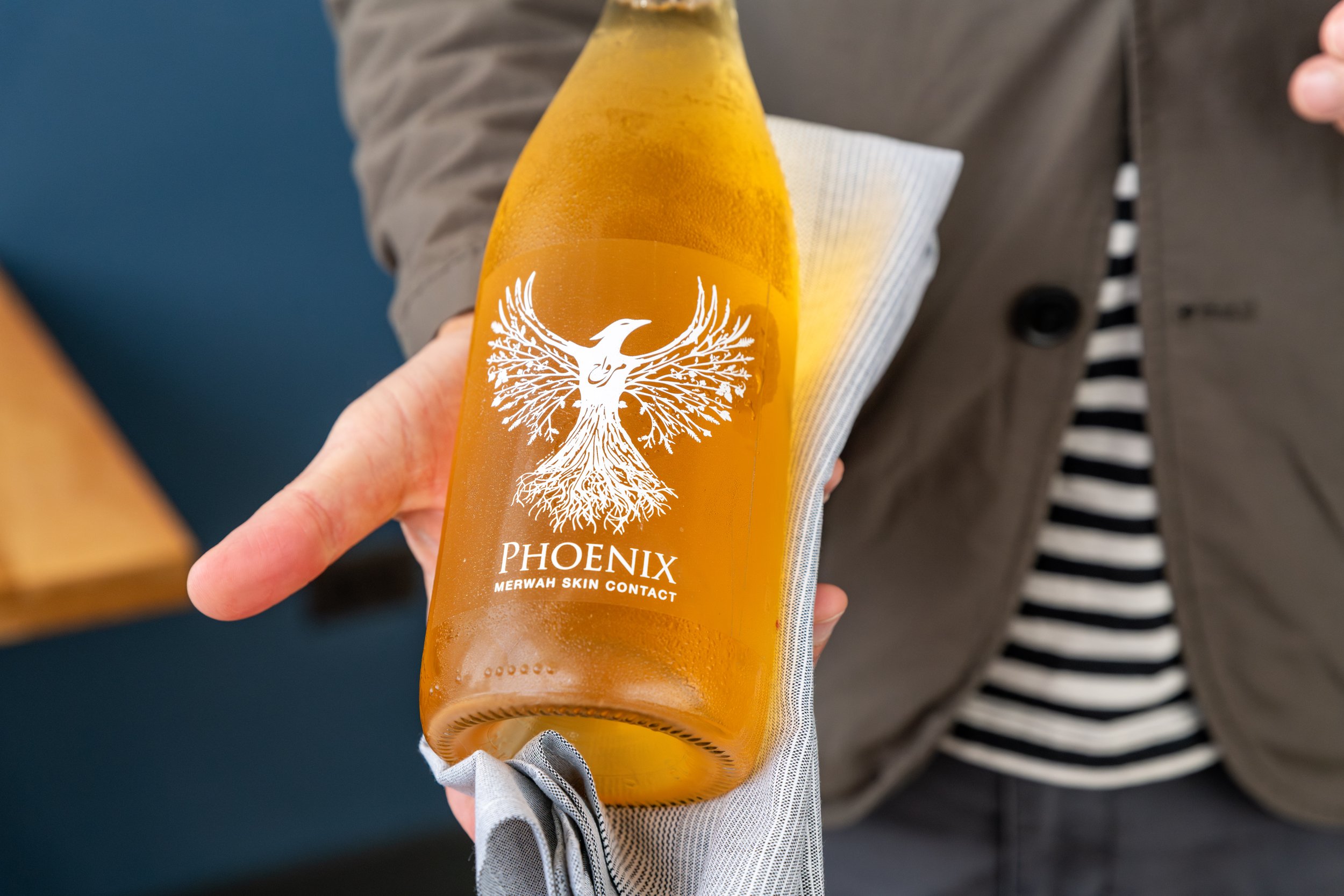Let's Talk About Wine
Publican Anker Somm Sommelier Bret Heiar says oldschool wine verbiage has had a long enough run.
Melon de Bourgogne, Jo Landron, Amphibolite Nature, Muscadet, Loire Valley, France, 2016
From an iconoclast of Muscadet; punk rock acidity, saline minerality, and a touch of citrus. It tastes like being saved by Liam Neeson.
Has anybody ever really tasted crushed rocks or velvet? The whole idea behind describing a wine is to give guests an image or an association with it—to get them interested. At the end of the day, though, there are no rules. Why can’t the image be a song, a cultural reference, or a TV show? Anything that draws your attention, gives you a point of reference, or is just plain fun to read is fair game.
I would rather drink a glass of hair than read another boring description of cassis, cherry, and cigar. I mean, come on, those words have been used to describe thousands of wines and sometimes multiple wines on the same menu. Tasting notes from Ancient Egypt include “rich, aromatic, tart, green,” etc.
A big problem with the public’s perception of wine is that the gatekeepers—the somms, buyers, and critics— have made it too precious, too pedantic. The game is changing, though. On our menu at Publican Anker, we sell wines with references to Merle Haggard, Rose from “Golden Girls,” and even Nickelback, and in stretching the way we describe wines, our staff gets to be creative, write differently, have fun, and get people engaged. Plus, my strange brain gets a chance to exercise.
If nothing else, I’ve had guests order an obscure wine on the description alone. Please talk about it, but at the end of the day, just drink the damn wine already.







Tips on building a wine list that works for everyone from Sommelier Thibaut Idenn of Alla Vita and Boka